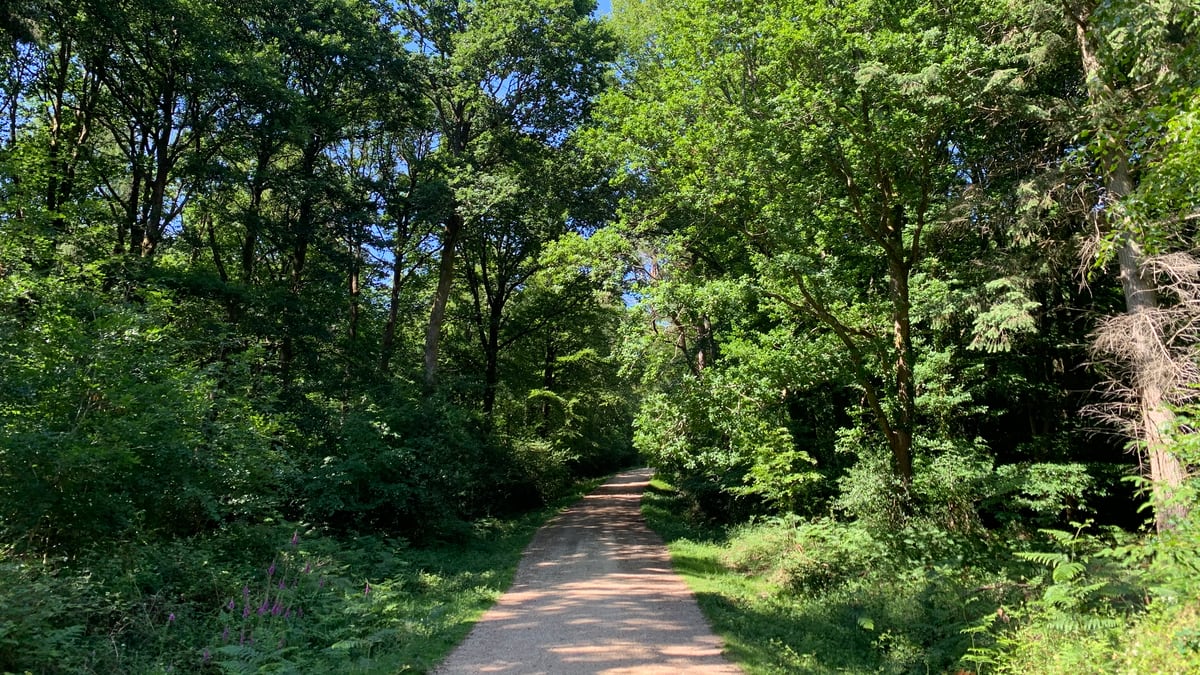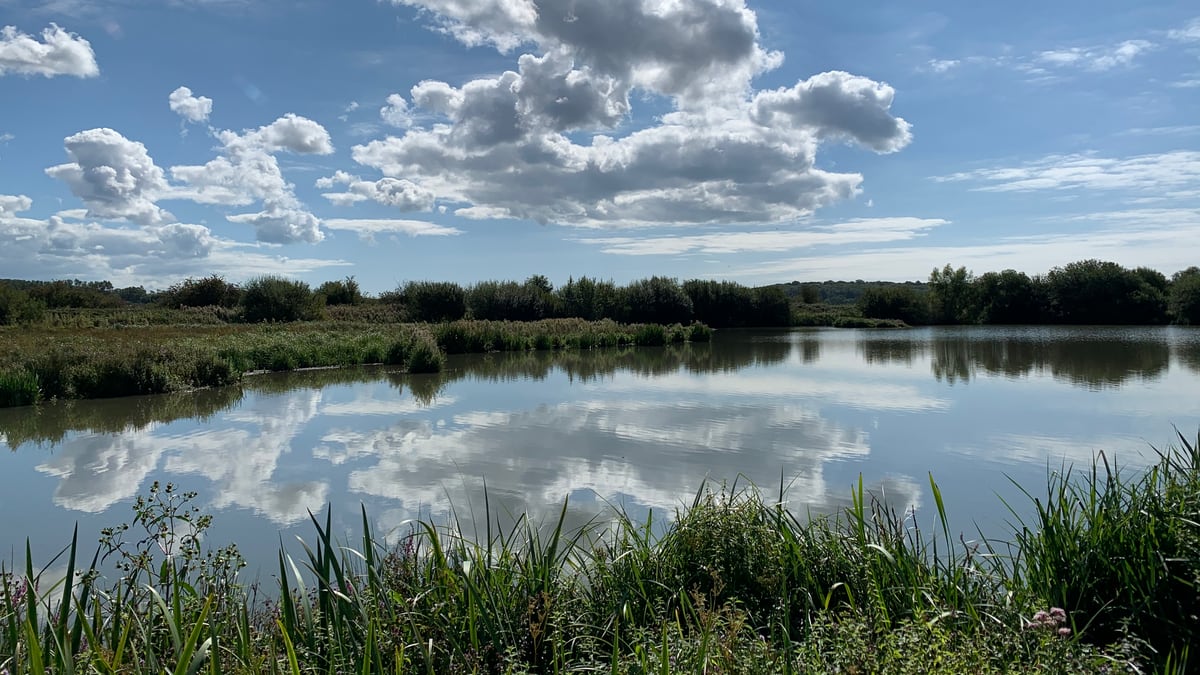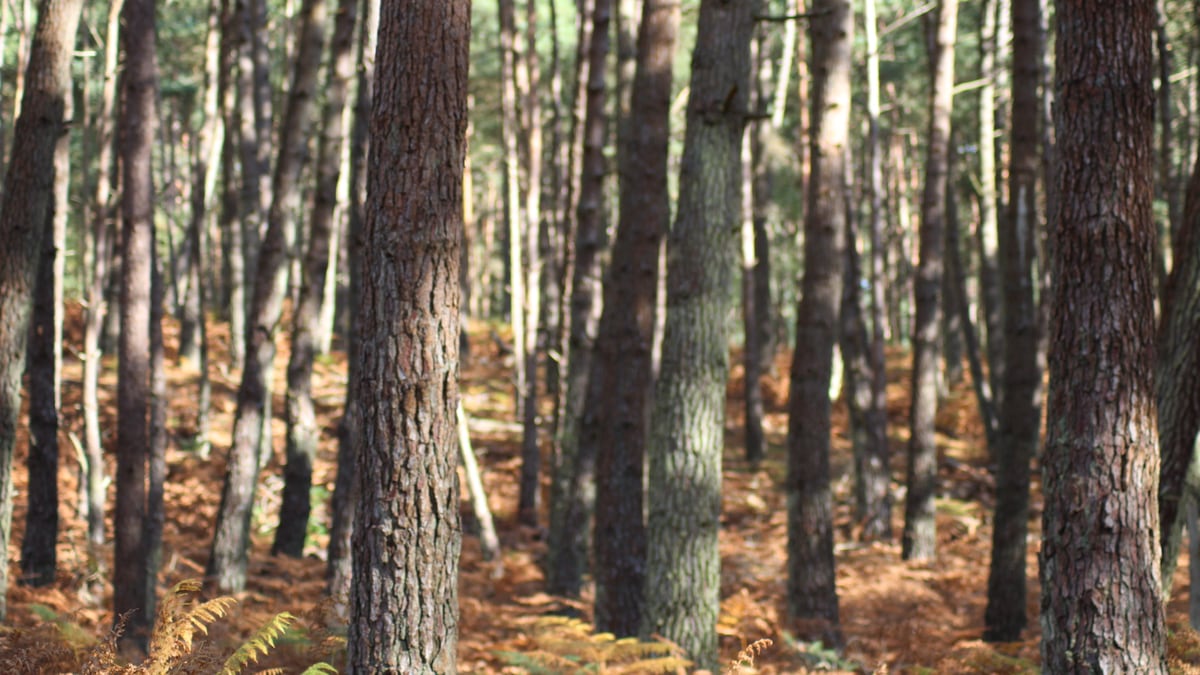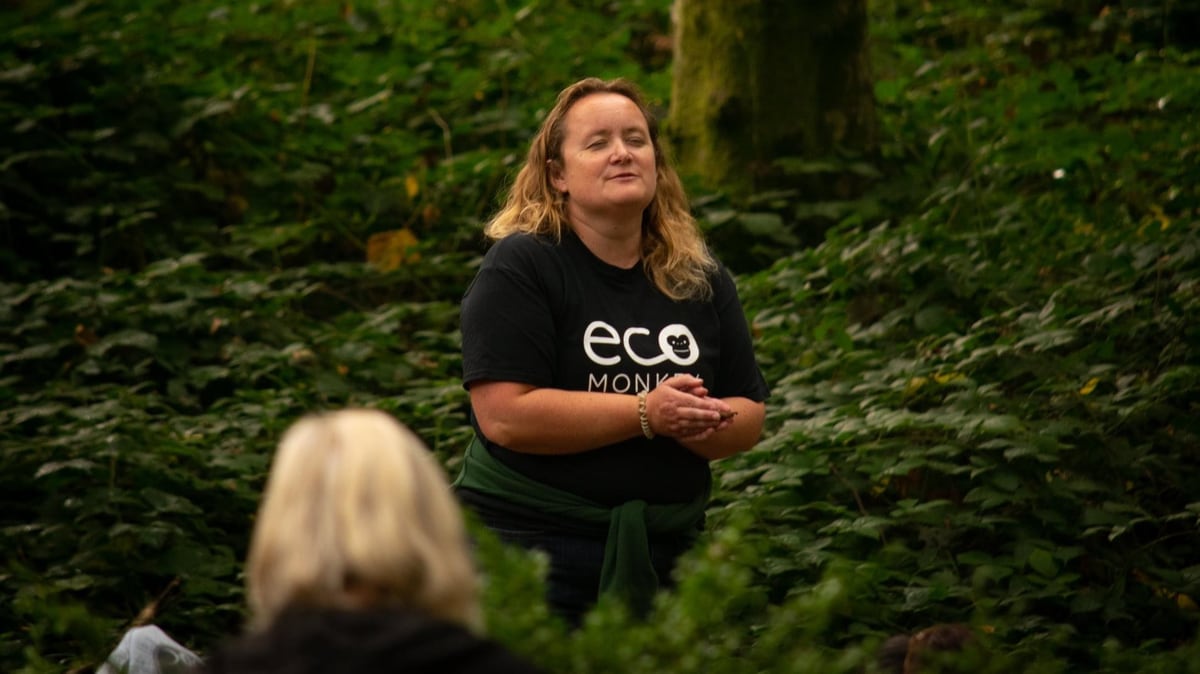There are two things that have helped Julia as she comes through a breast cancer diagnosis. The first, and most important, are her ever-loving extended family. Especially her three children who give her a reason to want to live to see another day and another year. The other has been nature. She has always believed in the healing and nurturing power of nature – and now, more than ever, she has come to rely on it. As a Nature Therapy Guide myself, I wholeheartedly subscribe to the benefits of time spent in nature for both physical, mental and emotional health – but what is the science behind it?

We may be living in the 21st century – but our bodies haven’t actually evolved that much from our hunter gatherer ancestors. Especially our nervous system. There are two main components of our autonomic nervous system – the sympathetic nervous system and the parasympathetic. The sympathetic you possibly know better as “fight or flight”. It’s a self defence mechanism really – designed to help us get out of a stressful or dangerous situation. In the days of our hunter gatherer ancestors – this would have perhaps kicked in if they came across a sabre tooth tiger or mountain lion for example. All energy is diverted into getting you away from the danger and stress of that situation. Once that danger has passed, your body then triggers the parasympathetic nervous system into action. This is known as the “rest and digest” function. It’s the healthier place to be and where we should seek to be most of the time.
Whilst we may not have the threat of sabre tooth tigers anymore – the triggers for our sympathetic nervous system in today’s world are notifications on your phone, social media, emails, the news … and in the case of Julia and so many like her, a cancer diagnosis.

Biophilia Hypothesis
If we were to go back to the beginning of time we would see how our hunter gatherer ancestors lived very much in harmony with the natural world. They were masters of reading the landscape – they needed to for their own survival. There was a deep familiarity with the soundscape – for example if they could hear bird song or perhaps a babbling brook they knew that life could be sustained in this place and therefore they were safe. It’s no coincidence that if you turn to any of the wellbeing or meditation apps that are on the market today – they all include these kinds of soundscapes to help bring calm. They are sounds that are proven to kick start your parasympathetic nervous system – at some deep level within our own psyche we, like our ancestors, hear the sounds and know that we are safe too and therefore feel that sense of calm flood over us. It’s what is known as the biophilia hypothesis.
Attention Restoration Theory
We all are probably aware that intense concentration on anything can be really draining. By either taking a break in or simply viewing what could be described as a “restorative environment” it can help reduce our mental fatigue. Known as the Attention Restoration Theory that was developed by Rachel and Stephen Kaplan in the late 1980’s – there are four key components that make an environment “restorative”:
- Fascination – it needs to hold one’s attention softly, be something that requires little attention and enables mental reflection – for example waves crashing on a shoreline.
- Being Away – it needs to be an environment that is psychologically or physically removed and distant from your everyday life.
- Extent – there must be enough structure and content within that environment to make it feel like you are being immersed in it.
- Compatibility – it needs to be an environment that the person actively wishes to be engaged with and exposed to.
The great outdoors, no matter what the environment – from rugged coastlines to the lakeland fells, from river banks to forests – offers us these restorative environments. We will each have our own preferences as to which we find more calming – although if there is water in that scene, it is likely to calm you more. Whilst actually being out in the environment that you find most calming is great – even looking at a photograph of it will also do the trick.

Immune System Boost
The practice of forest bathing came about as a response to a health crisis. It was the late 1970’s / early 1980’s when Japan experienced a major cultural shift. They went from being very much a land based culture to the start of mass urbanisation and the beginning of the tech boom. Coinciding with this was a spike in the number of people being diagnosed with cancers and autoimmune diseases. Wanting to understand the cause, and what they could do to counter the spike, the Japanese government looked at various pieces of research including one from Dr Qing Li. Dr Li’s study looked at the health benefits of time spent around trees and how the immune system of a tree supports our own. Trees (and all other plants) emit phytoncides. These are a volatile organic compound that acts as a trees first line of defence against diseases and some fungi. When we absorb these phytoncides into our system (which later research has shown is predominantly through the sense of smell as they come from the essential oils trees emit) they boost our NK cell count. Our NK cells (or natural killer cells to give them their full name) are a special white blood cell that acts as our bodies first line of defence against some cancers and diseases. On hearing this the Japanese Government knew they needed to get people to spend more time in the forests of the country. It was in 1982 that the then Minister for Fisheries and Forestry, Tomohide Akiyama devised a programme called Shinrin Yoku (which translates as forest bathing) – so called as you are bathing in and absorbing the phytoncides of the forest.

Nature Therapy
Nature is all around us. We are as much part of nature as the plants, trees, birds and sky outside your window. The practice of nature therapy, which is based on the origins of Shinrin Yoku, is a heart centred practice that enables you to connect with nature, no matter where you are, for mindfulness and wellbeing. Sessions are run both in person (in West Sussex) and online (via Zoom) – and TOG followers can get 20% off sessions by using the promotional code TOG20. For more details and to book please see the Eco Monkey website.
This blog post comes from Holly Barber, aka The Eco Monkey – a certified Nature and Forest Therapy Guide and wellbeing through nature connection practitioner.

